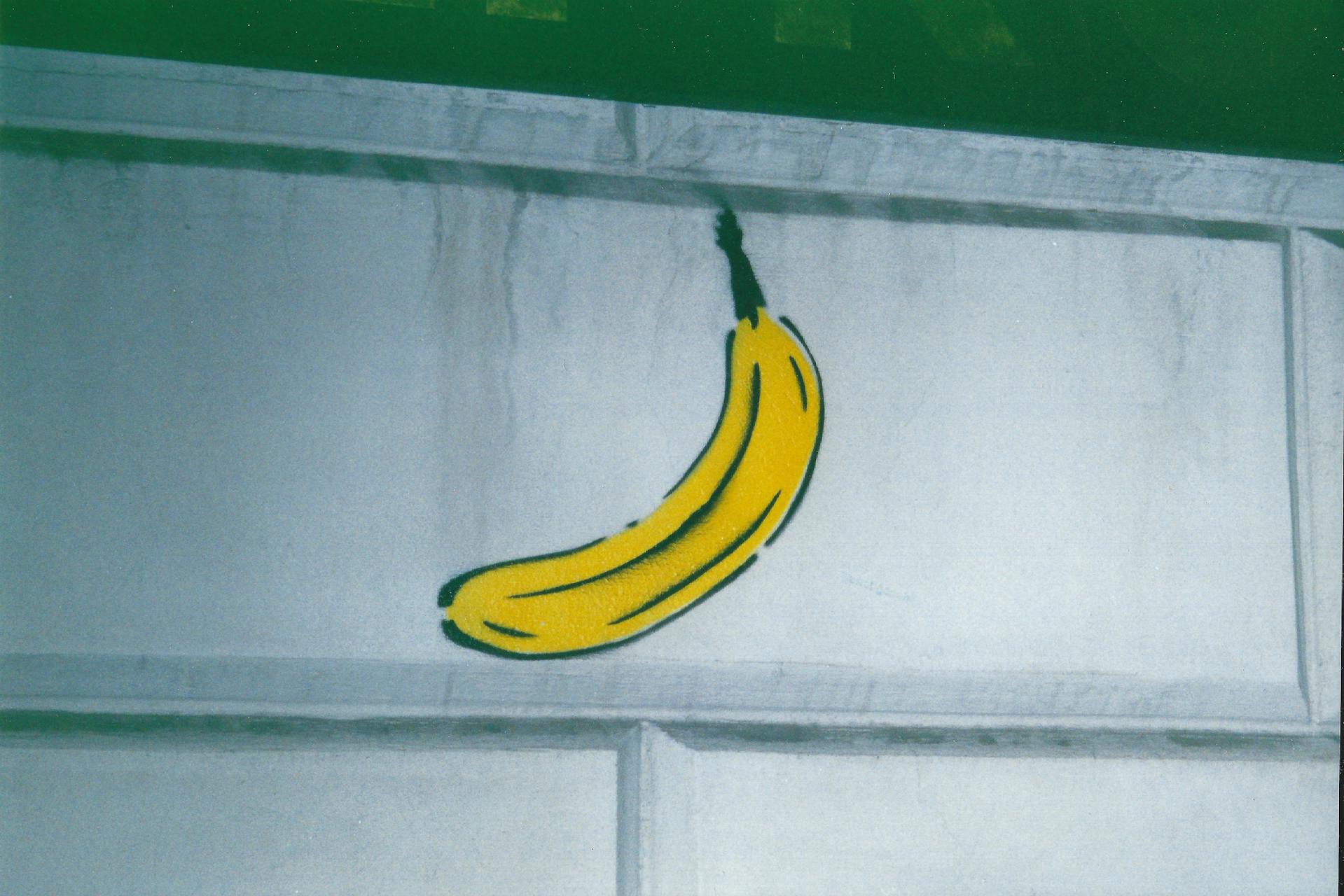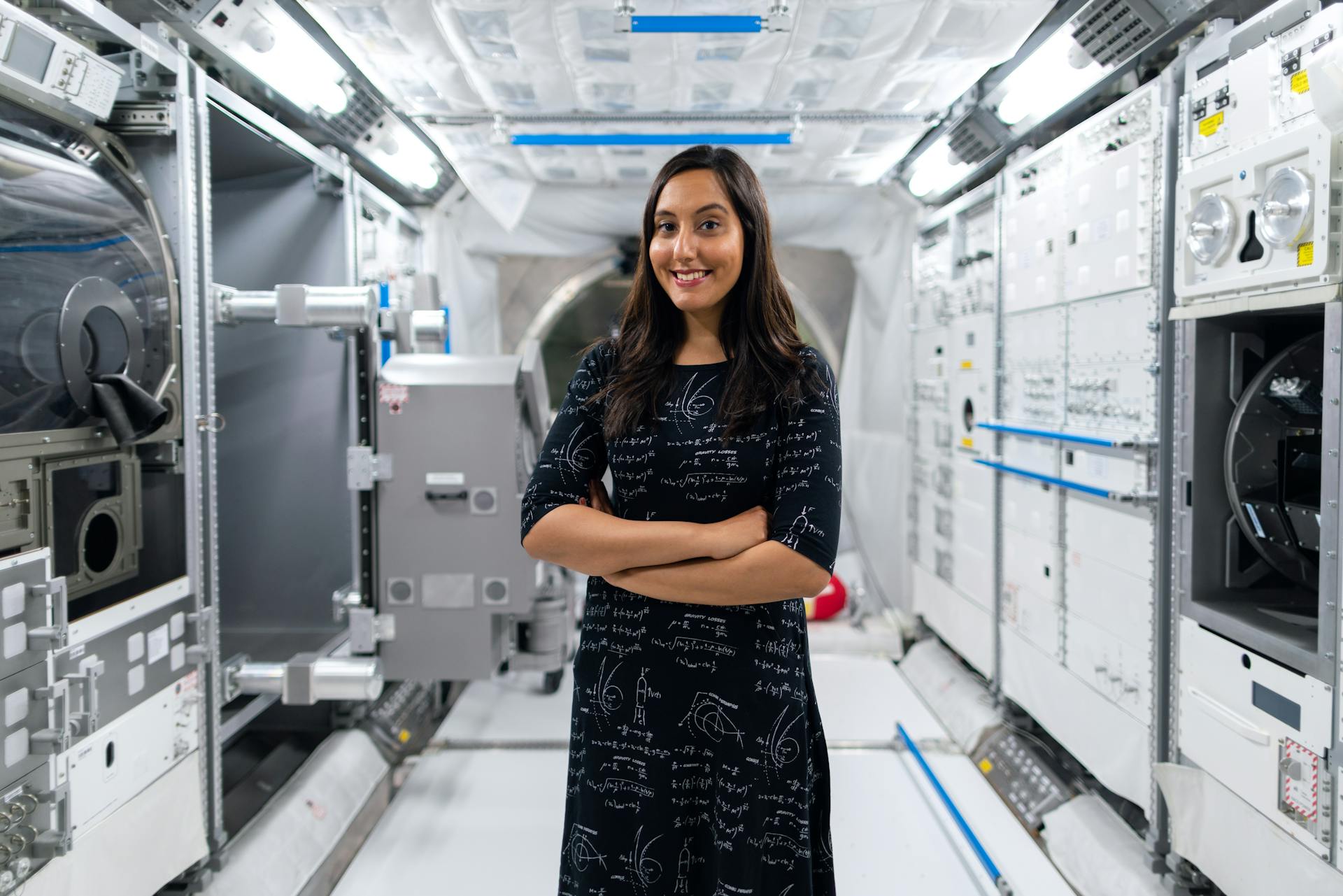A Mysterious Survivor in a Nuclear Wasteland In the heart of the Chernobyl Exclusion Zone,…

Traditional Art vs. Digital
The want and need to teach digital medium is there, but is it truly important to teach? Will digital art take the place of traditional artmaking?

Some artists view digital art negatively while others say it’s useful. But why? Why is this a debate? Digital art is now involved in photography, animation, film, and graphic design. However, some think digital art is a one-trick pony for which no formal instruction should be required simply because it will never take the place of traditional art. While there is only one medium with digital art, traditional art takes many forms such as painting, sculpting, mixed media, etc. thus its perception of greater importance and value. This doesn’t make digital art irrelevant, though.

Can you identify what all of these careers have in common: Social Media Manager, Lyft Driver, Podcast Producer, Mobile App Developer, Virtual Assistant, 3-D Printer Technician, and Content Marketer? They are all related to technology, but 15 years ago many of these jobs didn’t exist.
As an example, photography was not always considered to be “art.” Now photography is absolutely considered to be a valid form of art. It involves a creative and well-trained eye, editing skills, and an artistic viewpoint. So when we ask the question of whether digital art will ever be fully recognized as true art, why wouldn’t our ideals evolve into such? It’s pretty clear that things change, even in the world of art, and like everything else in the world will continue to do so.
The Importance of Digital Arts Education
Some view technology as a threat to originality and as seeking to replace traditional artmaking. This idea can certainly be worrisome for art teachers. However, studies suggest the use of digital tools in art education increases artistic development and creativity. In a digital age, art teachers feel the need now more than ever to advocate for their programs. A digital arts curriculum can serve as a powerful advocacy tool.
Here are some of the benefits of teaching digital art in your classroom:
1. Increased Access
Not every student has a set of watercolors or acrylic paint set at home, but many students have access to some type of digital device like an iPad or smartphone. Sure, devices might not be cheap initially, but in comparison to all the consumable tubes of oil paint an artist might buy in a year, the one-time technology purchase makes sense. Yes, technology breaks and needs replacing, but so do paintbrushes and canvases.
2. Convenience
Carrying around the necessary art materials to create as you’d like isn’t always convenient. It’s not always realistic to carry around a set up for plein air painting or to fill up a water cup for watercolor. It can be a hassle. Creating with a digital medium is relatively hassle-free. You can carry your device with you almost everywhere, and it’s always ready when you are ready to create.
3. Instant Sharability
Because digital art creation is already stored on a digital device, it is easier for artists to share their work in it’s highest form. Work can be shared digitally on websites and through social media instantly. Sure, a photograph of a painting doesn’t usually do the physical features of the painting justice, but it can communicate the overall idea.
4. Increased Productivity
Creating digitally saves time. If you make a mistake on a digital drawing or painting, you can simply press the undo button to start over. In a digital creation, you can erase without a trace, change colors easily, and position and resize objects in seconds. You are not limited by the physical features of the material world.

Why Traditional Art Matters
Digital art requires no less skill than traditional artmaking, but it does require a different mode of thinking. Yes, a digital device will have the ability to make a stroke look and layer like watercolor or give the texture of drawing with charcoal. However, when one learns traditional art techniques, they gain a deeper understanding of the materials and what they can do.
Here are some of the benefits of traditional artmaking methods:
1. Hands-on Experiences
Learning to manipulate a paintbrush to create different paint strokes or using carving tools to create a sculpture provides a physical, tactile experience. Through this experience, you gain a broader view of how materials can be used. The physical creation is good for hand-eye coordination as well as motor skills. Mixing yellow and blue paint to create green is an experience one cannot get the same way by digitally mixing colors.
2. Unique Pieces
Because of the handmade nature of traditional artworks, they aren’t easily reproduced. Each creation is truly a one-of-a-kind piece, unlike a digital creation that can be reproduced and shared instantly. Because of this, traditional art pieces typically have more value than digital art pieces.
3. Increased Versatility
Digital is only one medium while traditional art methods allow you to create with different media. Creating an image with graphite compared to pigmented paint will yield different results and experiences. The outcome of digital art creation typically produces one look of a clean finished product, whereas using different art materials does not.
4. Forced Problem-Solving
Unlike the undo button on a digital device, mistakes can’t always be easily erased. This restriction forces an artist to problem-solve their solution to physically fix their error. Better yet, it encourages an artist to no longer make those mistakes and ultimately improves their skills.
Article by Abby Schukei
Read more on theartofeducation


